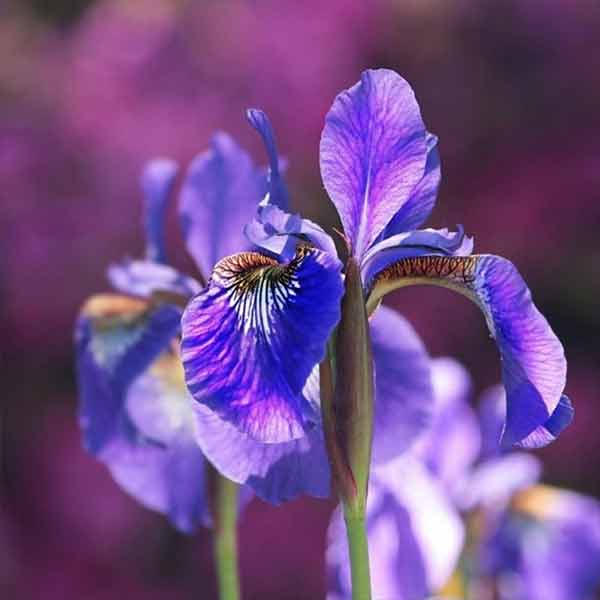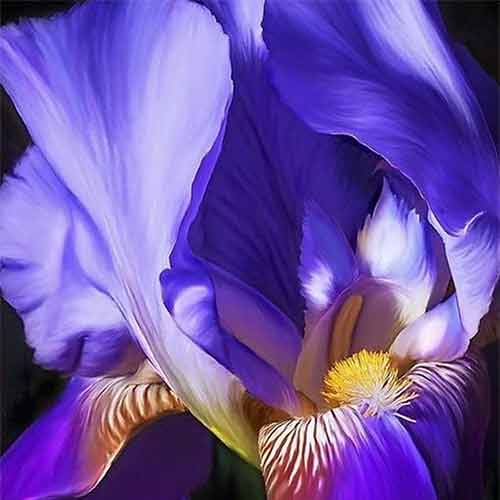Considered sacred by the Egyptians and associated with Greek deities, the Iris has always held a special place across civilizations. It is often linked to the rainbow for its iridescent reflections and fascinating natural hues.

Originating from France, China, Italy, or Morocco, this flower is highly valued and extensively used in perfumery, often blended with floral, rosy, jasmine, or violet notes.
It was Catherine de Médicis who popularized it in the 16th century, notably by wearing scented gloves with flowers from the fields of Grasse. Also a symbol of royalty since the Renaissance, Iris is among the most expensive raw materials because it needs to be dried for three years before distillation.
It is therefore a note reserved for prestigious perfumeries, found in both feminine and masculine colognes.
Today, we find the iris accord in fragrances such as "L'Heure Bleue" by Guerlain, Chanel N°19, "Hiris" by Hermès, "Double Dare" by Guess, and "Fleur de Rocaille" by Caron...
The expert's opinion
In the perfumer's palette, it is positioned as a base note due to its strong sillage and lingering presence.
White note, almost musky with green or dried fruit facets, the scent of iris is both mystical and captivating.
A noble and once again very fashionable material these days, iris is a delicate flower with powdery, floral, and slightly woody facets, both powerful and refined.
